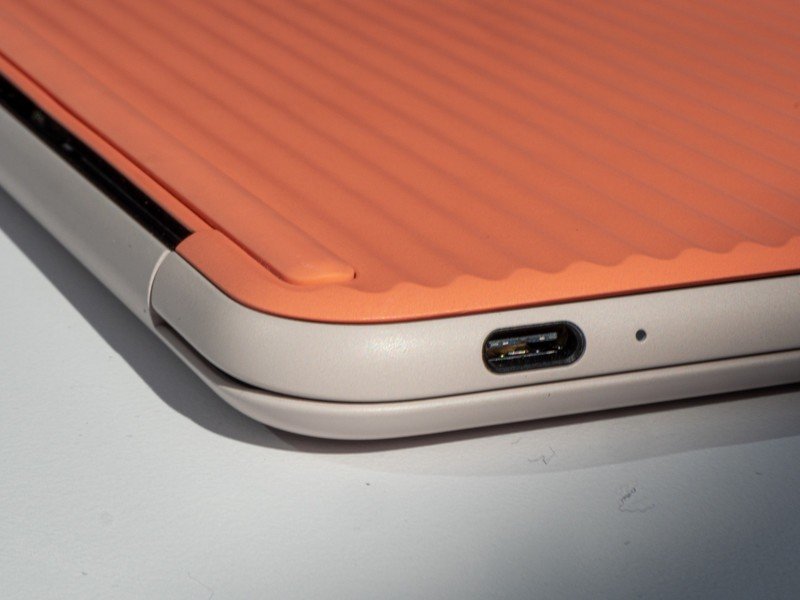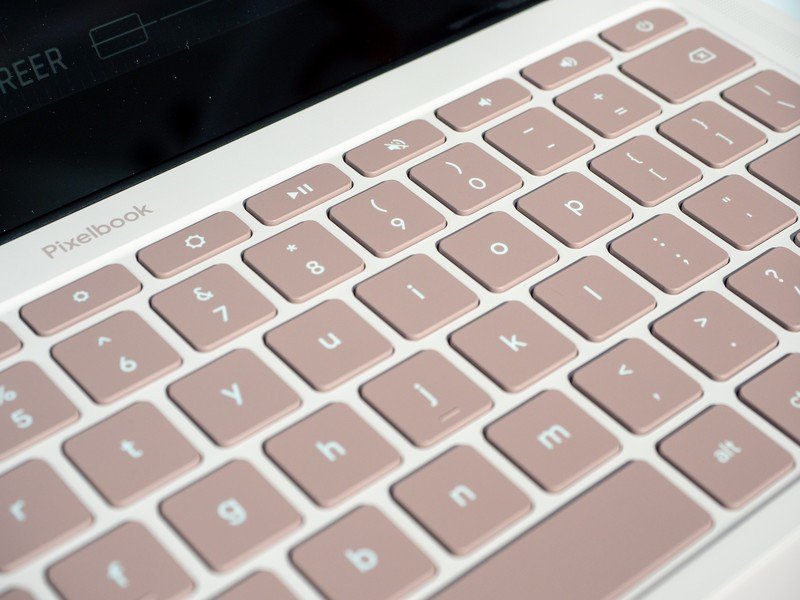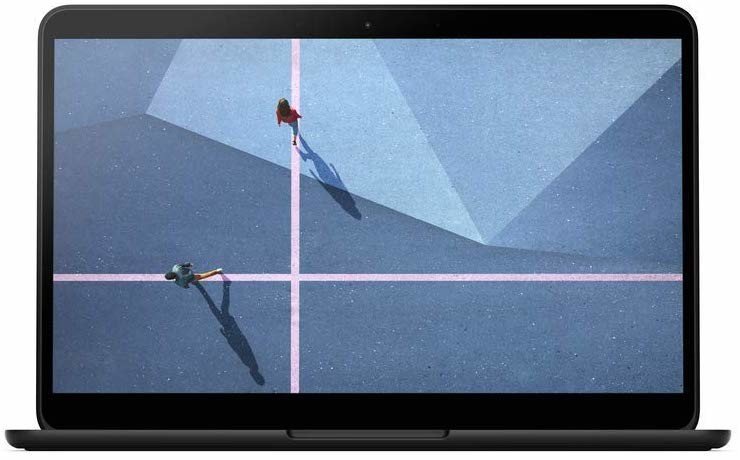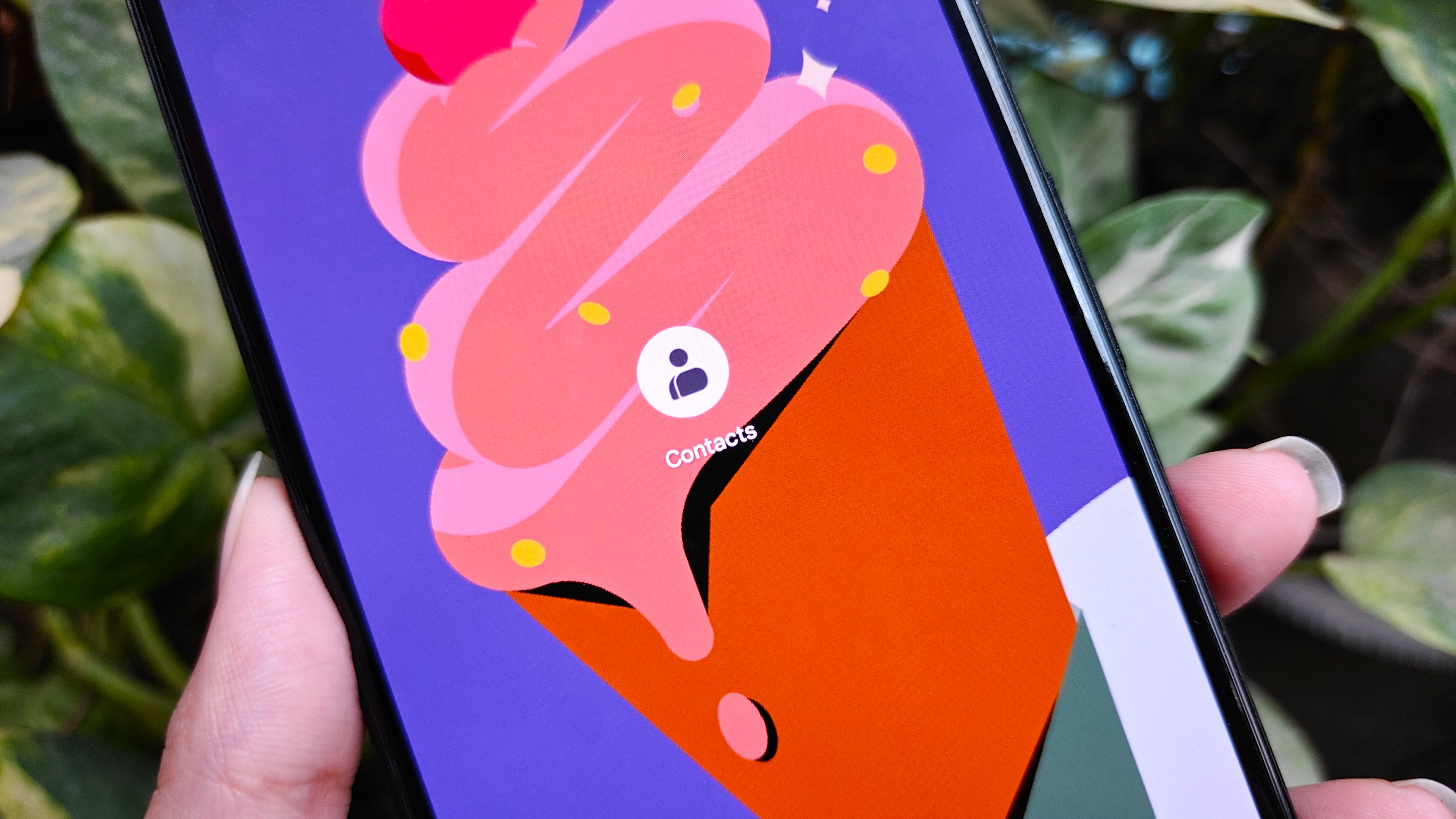Pixelbook Go hands-on: The back to basics Chromebook you've been waiting for Google to make
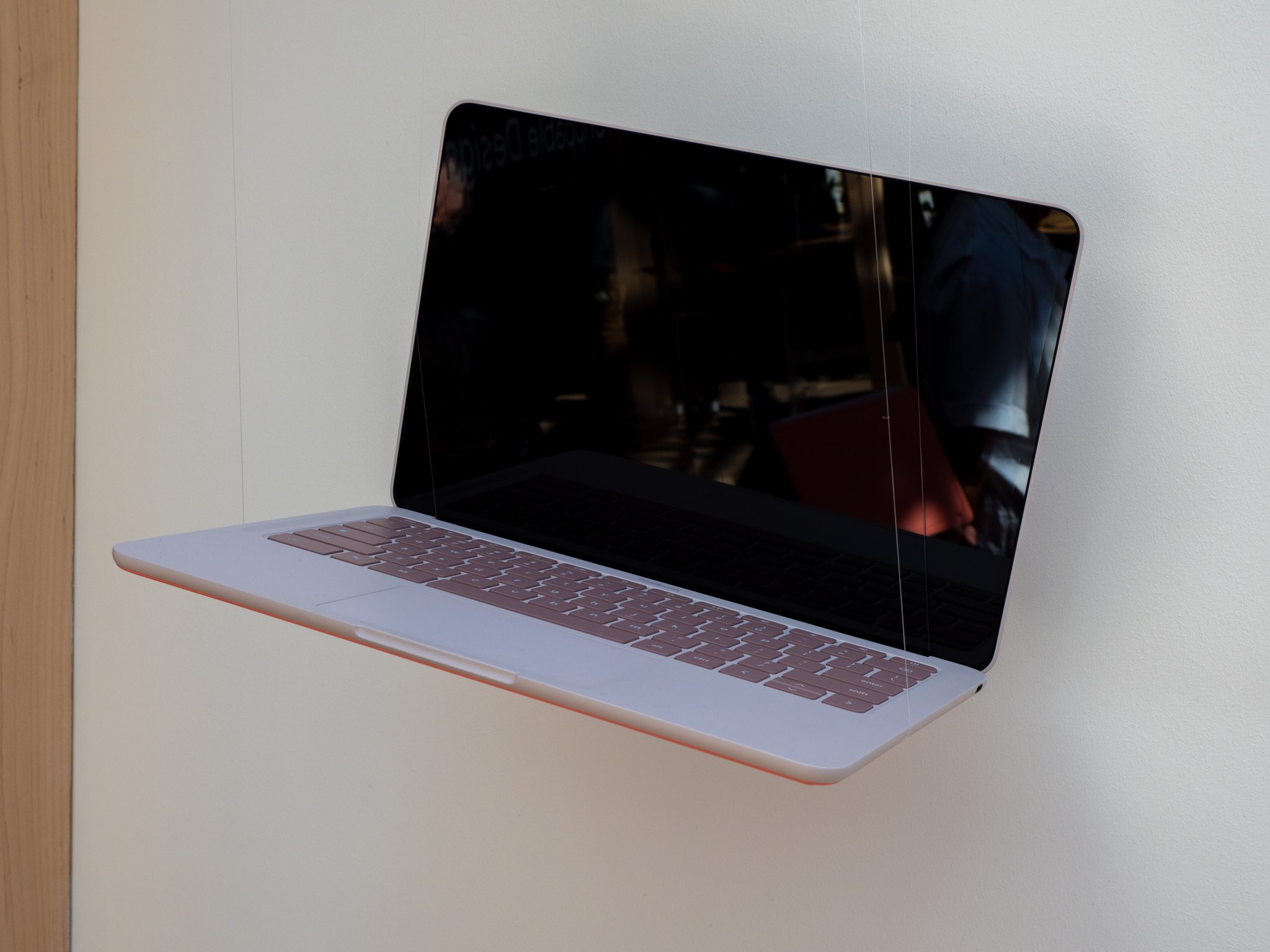
I've used a lot of Chromebooks in my day, from the super cheap to the insultingly expensive. But for the blip that was the Pixel Slate, Google's offerings have been among the most enjoyable to use, mainly because care is always taken to make a hardware system that works really nicely together.
The Pixelbook Go is a return to form, transitioning from the angular, tablet-friendly form factor of the original to a more traditional, organic-looking clamshell laptop.
In doing so, the company was able to bring down the starting price of the Pixelbook lineup without sacrificing too much in the way of performance — and if you still want to go crazy with specs, there's a 4K screen option with a Core i7 and 16GB of RAM for double the price of the entry-level model.
Back to basics
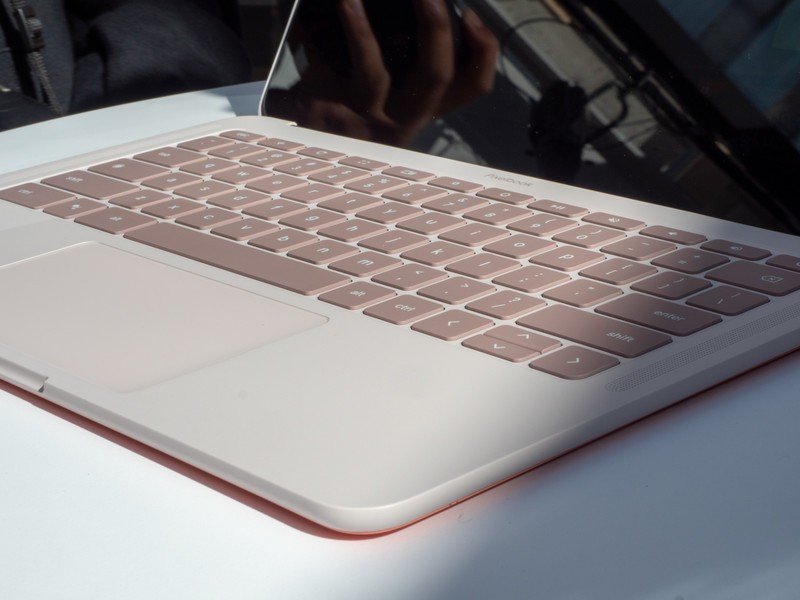
Source: Android Central
I spent some time with the Pixelbook Go at the company's product showcase in New York, and spoke to Matt Vokoun, Senior Director of Product Management for Pixelbook, and I heard a familiar refrain without it being explicitly said: the Pixel Slate was an ambitious failure, and the Pixelbook Go is a reset.
It's also an opportunity to flex some design muscles, with a much more comfortable rounded-off design that will feel familiar to any recent Pixel phone owner. Indeed, Google's embracing more earthy, approachable fundamentals in all of its designs — its new Nest products make a big deal of using recycled plastics, for instance — and the Pixelbook Go feels extremely comfortable to both hold and use.
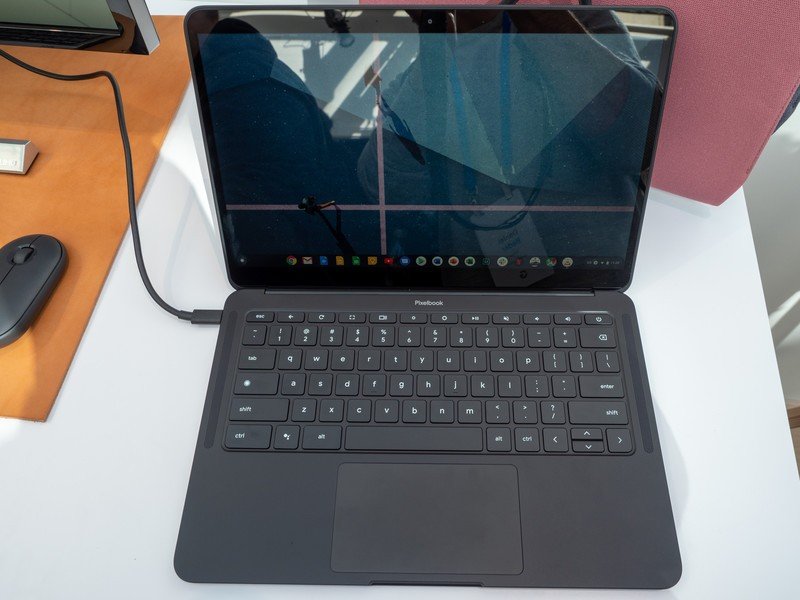
Despite a bigger 13-inch display and a thicker frame, the Pixelbook Go is lighter than the Pixelbook, owing to a matte painted magnesium frame that I absolutely loved.
Get the latest news from Android Central, your trusted companion in the world of Android
Though my glass-and-aluminum Pixelbook is holding up nicely two years after its release, I feel very confident the Go will be just as robust over time, even if the paint chips a little (which is entirely possible given the demographic this product is going after).
The Pixelbook Go is a safe choice, a strategy reset after the disaster that was the Pixel Slate.
Two USB-C ports, one on either side of the frame, along with a 3.5mm headphone jack, are the only inputs you get. No fingerprint reader or facial authentication, either, though the 2MP camera does 1080p video capture at 60fps if that's your bag.
The hardware to back it up
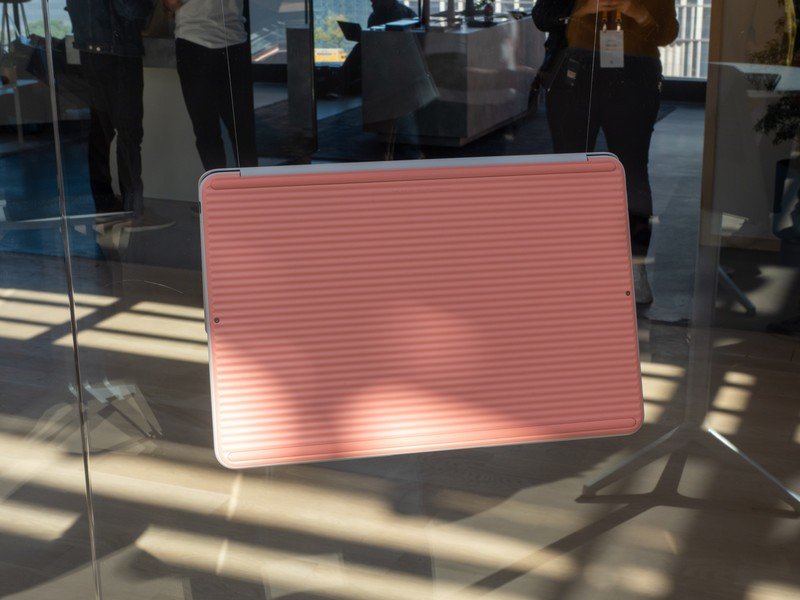
The Pixelbook Go isn't exactly a "go" product in the traditional marketing sense — it's not smaller, like the Surface Go, or underpowered, like most products with similar names. Instead, it has a lower starting price — the $649 version has an Intel Core m3 with 8GB of RAM and 64GB of storage — while the more expensive models match up nicely with the existing Pixelbook models: $849 for a Core i5 with 8GB of RAM and 128GB of storage; $999 for a Core i5 with 16GB of RAM and 128GB of storage; and a 4K model with a Core i7, 16GB of RAM and 256GB of storage.
Google's choice to use 8th gen Intel Core chips isn't surprising, especially since the Pixelbook Go still gets 12 hours of battery.
According to Vokoun, most people will buy the entry-level version because Chromebooks are generally spec-tolerant: they don't need powerful hardware to stay smooth (with the Pixel Slate being a major exception). He says that the base amount of 8GB of RAM is also a hedge for future updates — Chrome OS is more of a memory bottleneck than anything else.
The one area of concern, though Vokoun dismisses it immediately, is the fact that the Pixelbook uses 8th generation Intel Coffee Lake chips, and not newer 10th generation Ice Lake chips, which run cooler and longer, as we've seen on recently-released Windows PCs.
Earlier this year, it was discovered that Google is skipping support for Ice Lake in Chrome OS, satisfied with the performance it's getting from Coffee Lake and prior generations. Instead, it's working with Intel to put Tiger Lake chips in 2020 models, which we'll likely see in next year's Pixelbook refresh (if there is one).
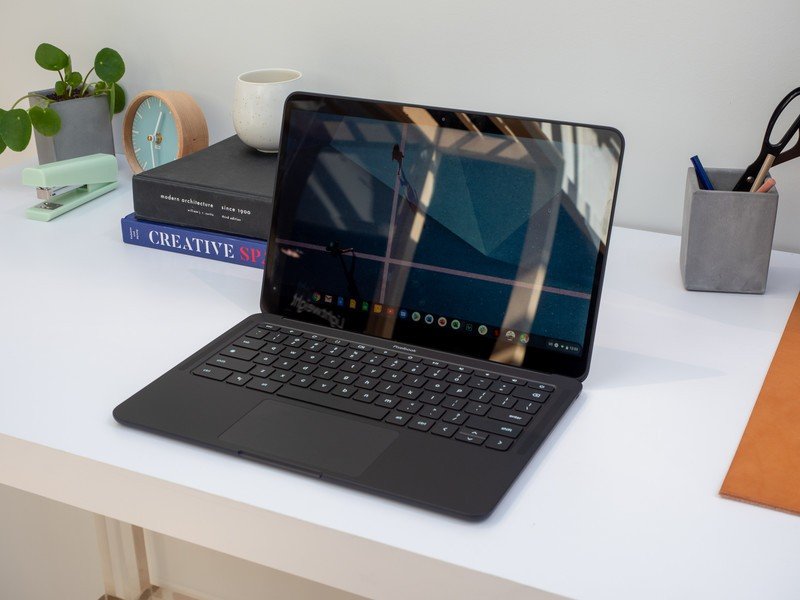
Still, Google says that the Pixelbook Go will get 12 hours of battery life across all of its models, including the battery-intensive 4K version (which has a larger 56Wh battery compared to the other three models' 47Wh cell). A 20-minute charge also gets two hours of charge from the included 45W USB-C charger, which is a nice addition.
Both the 1080p and 4K panels, which Google is once again branding as a "Molecular Display," the lone holdover from the Pixel Slate, have a mediocre maximum brightness of 400 nits. I tried the touch-friendly panels at Google's sun-drenched event and came away pretty disappointed: it was very hard to see the panels, even at max brightness, in direct sunlight.
Also potentially disappointing is the decision to go with a 16:9 aspect ratio, which Google justifies by saying that 3:2, dimensions used on the Pixelbook, is perfect for a tablet or two-in-one form factor, but not ideal for a clamshell. I'm sure a lot of people will disagree with this.
Look and feel
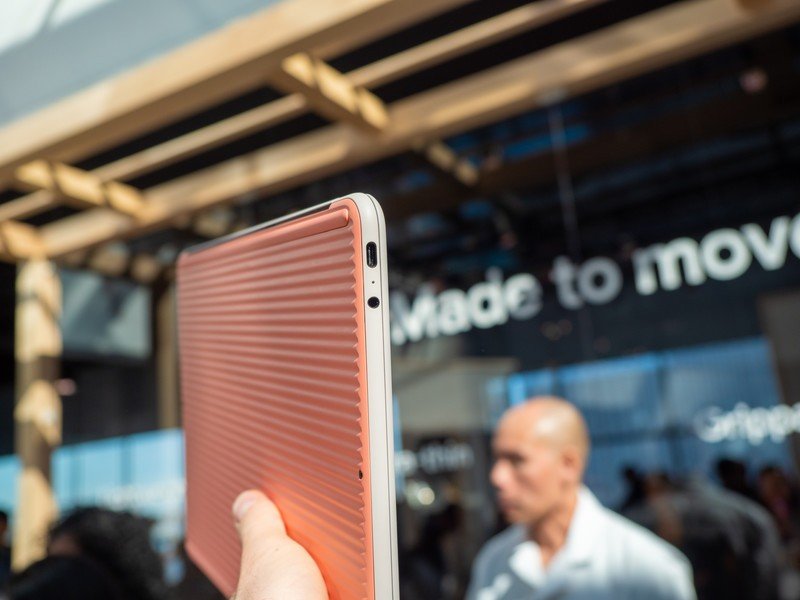
I'm very excited to use the Pixelbook Go. While it's not a tablet, or a two-in-one, I rarely used the Pixelbook in that configuration. Instead, I'm optimistic that Google, which had a huge hit with the original Pixelbook, is improving on that philosophy.
To wit, the keyboard is just as nice as I remember it, featuring clicky keys with superb travel, and a nice uniform backlight. There's also an extra-large glass trackpad which, after a few minutes of testing, feels just as good as the Pixelbook's, and certainly rivals a MacBook's (which also means it destroys 99% of Windows trackpads. Fight me).
Finally, the now-famous wavy bottom, as Google itself calls it, is a nice aesthetic differentiator, and likely makes the laptop a bit hardier than it otherwise would be. As a laptop intended for students and business people alike, I think it was the right decision.
Should you buy it?
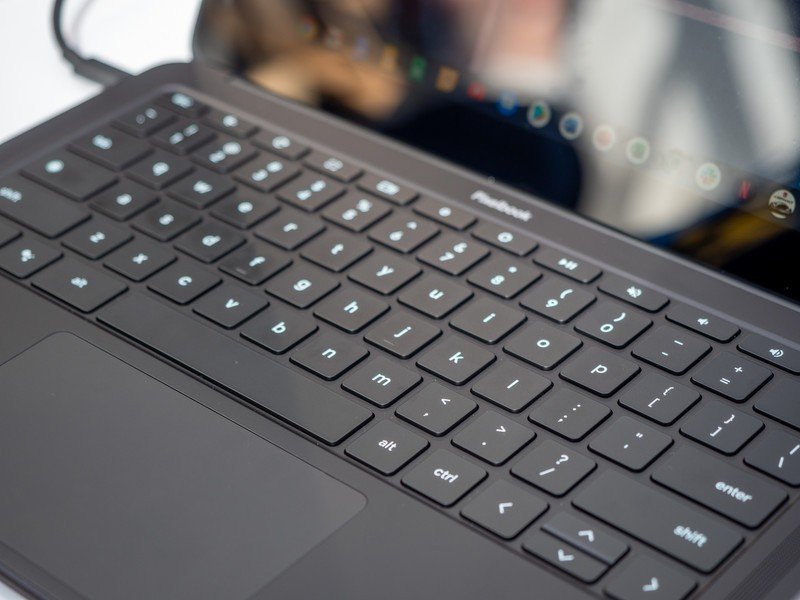
The Pixelbook Go isn't exactly the Pixel refresh that I hoped for — it lacks anything that really pushes the platform forward — but it's a well-made, attractive, and optionally powerful laptop that many people will enjoy using.
Whether you should buy it over something like the Chromebook Flip C434 remains to be seen, and we'll let you know in the coming days when we publish our full review.

Daniel Bader was a former Android Central Editor-in-Chief and Executive Editor for iMore and Windows Central.
